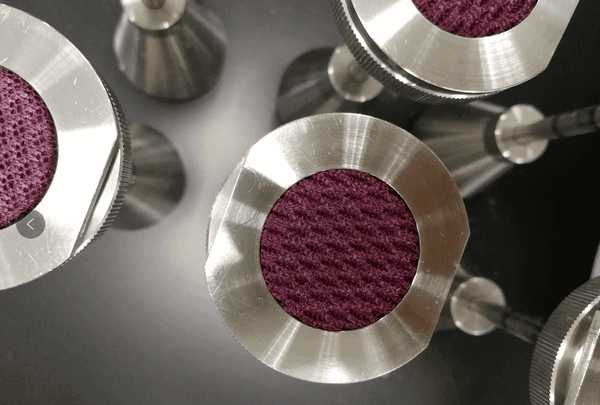- Qinsun Instruments Co., Ltd.
- Tell:+86-21-6780 0179
- Phone:+86-17740808215
- Address:No. 2578 Minhang District Gu Dai Road, Shanghai
- Contact:Mr. Li
- QQ:846490659
Selection Guide for Diaphragm Valves

The structural form of diaphragm valve is very different from general valves. It is a new type of valve and a special form of block valve. Its opening and closing parts are a diaphragm made of soft material, which separates the valve body cavity from the valve cover cavity and driving components. It is now widely used in various fields. The commonly used diaphragm valves include rubber lined diaphragm valves, fluorine lined diaphragm valves, unlined diaphragm valves, and plastic diaphragm valves.
Selection guide:
(1) The shape and structure of the valve core are mainly considered based on factors such as the selected flow characteristics and unbalanced forces.
(2) Wear resistance: When the fluid medium is a suspension containing high concentrations of abrasive particles, the valve core and valve seat joint surface will experience severe friction every time they close. Therefore, the flow path of the valve should be smooth, and the internal material of the valve should be hard.
(3) Corrosion resistance: Due to the corrosive nature of the medium, it is advisable to choose valves with a simple structure as much as possible while meeting regulatory requirements.
(4) When the temperature and pressure of the medium are high and vary greatly, valves with valve core and valve seat materials that are less affected by temperature and pressure changes should be selected.
(5) Prevent flash evaporation and cavitation from occurring only in liquid media. In the actual production process, flash evaporation and cavitation not only affect the calculation of flow coefficient, but also form vibration and noise, which shorten the service life of the valve. Therefore, when selecting a valve, flash evaporation and cavitation should be prevented.





